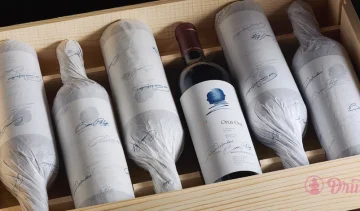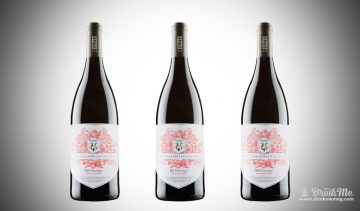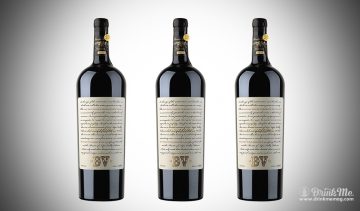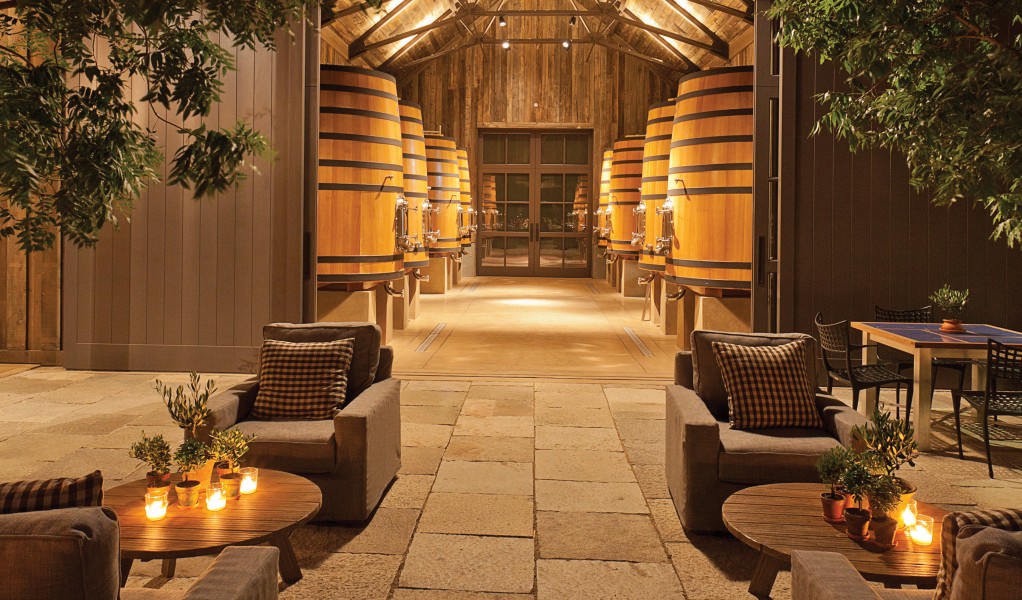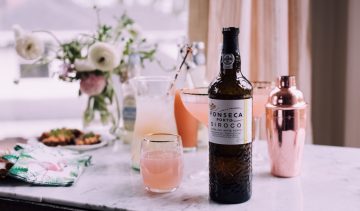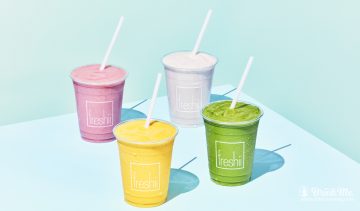A New Exclusivity Paves Wine’s Way
By Daniel Hoffheins
The Napa and Sonoma valleys conjure images of luxury and leisure, a sunny picnic amidst rows of grapevines or a romantic dinner at the French Laundry, but, like all tourist destinations, the average experience tends to be a mixed bag that rarely lives up to such lofty expectations. Instead of barrel tasting the latest vintage with the kind and gracefully graying vintner, you wind up boxing out a Fresno couple for a few inches of bar space while the bartender pours an interminable amount of soporific wine-speak. You nod knowingly and praise the wine politely, already thinking about your next destination.
This poses a bit of a problem, though, because rather than forging a meaningful connection with a winery and its products, it can often feel like you’re visiting distant wealthy relatives. “Yes, the grounds are very nice, but it’s such a dreadfully long drive back to the hotel, and so sorry you can’t stay for dinner.”
Given that most wineries nowadays tend to accommodate tour buses filled with the huddled masses, sweaty road-bikers who confuse drinking with exercise, and limousines overflowing with red-nosed bridesmaids, the experience of the winery’s tasting room, and beyond that, of its wine, has changed, perhaps for the worse. Fortunately, a few wineries are evolving away from this mass-market aesthetic, and designing more luxurious digs, not only to keep the golf and mud bath crowd coming back, but also to reinstate for the rest of us the sense of glamour, the sense of curiosity in the noble pursuit of winemaking, and the exquisite enjoyment of a well-made glass of American wine at its birthplace.
Replacing the standard model of going to three to five wineries and grabbing snacks for the road from the tasting room cooler (likely mystery meats, vacuum-sealed cheese, commercial mustard, and a day-old baguette) is instead a jaunt to one winery, settling in, and enjoying impeccably sourced farm-to-table cuisine. One such destination is Ram’s Gate Winery located at the doorstep of Sonoma, which seeks to enchant its visitors with one mind-boggling stop. Literally a winery upon a hill, Ram’s Gate commands a soothing view in all directions (broken only by the faint buzzing of high-speed race cars from the Sonoma Raceway) and boasts a kitchen that prepares enviable food to match its buttery Chardonnays and dark fruit Pinots. Also, Ram’s Gate wine stewards don’t hide behind the bar, but rather wind their way around Beowolfian sofas as though they are serving you in your own living room, if your living room was the Taj Mahal.
Moving up a tier of luxury from Ram’s Gate is Rudd Vineyards in Napa. Rudd gives off an impregnable atmosphere of exclusivity. The tour and tasting are reservation only, cost the same as a meal at Mustards Grill or The Girl and The Fig, which is no small sum, and requires a key code to enter. Upon arrival, I was met by a lovely woman who proceeded to take me on a private tour of the fields, tasting grapes off the vine as we walked. We traversed the estate through landscaped terraces planted by the owner’s wife with native succulents, tall blooming zinnias, fragrant lavender and rosemary, and slate stepping stones edged with white-flecked stonecrop. I was introduced by name to the staff processing the fresh-picked fruit in the maceration and fermentation rooms, and was subsequently led down into the underground caves where they barrel and cellar. The finale was the plush wood-paneled library that was once the owner’s office and study but now had a giant table laid with crystal, linen, candles, and flowers. Because a traditional tasting room with a bar and a gift shop would be far too déclassé.
Leslie, as our guide referred to the owner, also happens to own Dean & DeLuca, which meant that I had a plate of ambrosial dried Blenheim apricots wrapped in San Daniele prosciutto, mouth-watering cheese from Point Reyes creamery, and decadent hazelnut truffles to pair with our wine. And this wasn’t just any wine. This was Serious Wine. You only receive miserly two-ounce pours and you have to be grateful for even that.
They don’t have a wine club and they make no attempt to sell you wine before you leave because you only get what they give and you can only join their party if they invite you. So there.
At the other end of the spectrum is Bluxome in the SoMa district of San Francisco. While Rudd and Ram’s Gate speak to an older demographic, Bluxome offers luxury to younger city-dwellers in their own backyard. Bluxome is a new breed of warehouse winery that sources grapes from regional growers. Freed from the cost and care of running an estate, Bluxome concentrates its creative juices on the bottles at hand. Located off its namesake alley, Bluxome has very little in the way of signage or fanfare to attract walk-ins. Tours are fact-filled but not flowery and take 10 minutes from stem to stern – the tasting room is a corridor smaller than my first New York apartment and instead of a soulless satellite feed, rocksteady reggae plays out of barrels converted into speakers.
The membership options are telling: Bluxome offers not only a case for a few hundred dollars per shipment, but also a two-bottle membership, which, at around $40 per bottle, allows its members to enjoy high-quality wine without breaking the bank. Due to its humble scale, the wine steward can take as much time as she needs to casually converse about what goes into her wine. With invitations to private members-only parties, Bluxome is luxury for young people and could very well be many folks’ first introduction to wine club culture. Their options for membership say it all: two bottles every four months, you needn’t break the bank to have the experience of belonging. Simply put, if you’re at Rudd, you’ve made it. If you’re at Bluxome, you’re well on your way. ■


